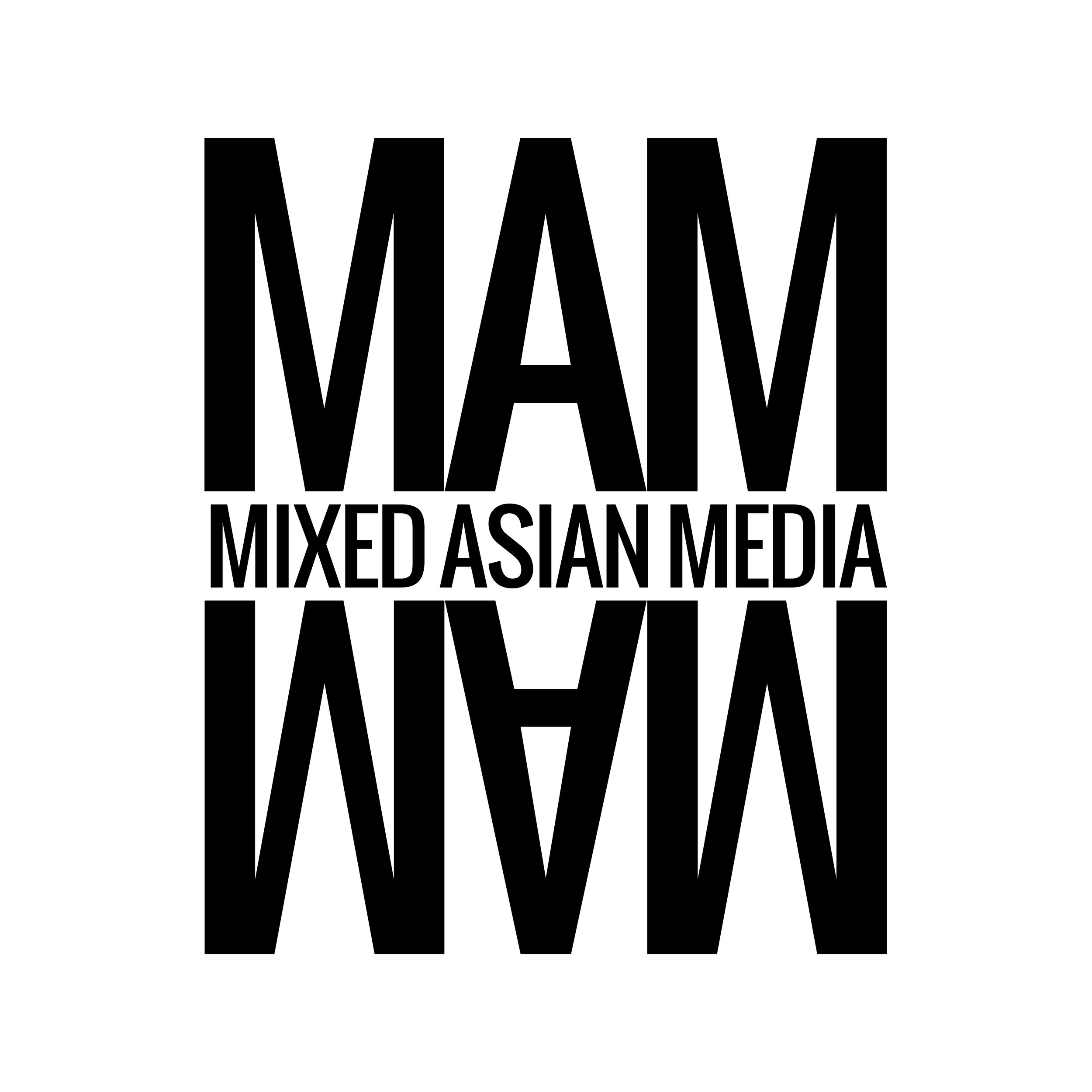Racial Trauma Through the Mixed Lens
Hapa Mag - AUGUST 26, 2020
By Jazmine Jarvis and Meagan Kimberly Smith
Photo by Stefan Newman
This definition sounds like a BIPOC’s day-to-day. For some, trauma is not an event, but an existence.
The concept of racial trauma that BIPOC have built into their lives is a concept that we are only scratching the surface of, but we recognize that it deserves a deeper dive. At Mixed in America we are speaking from the mixed-race POV, and it should be noted that the ways in which racial trauma affects a monoracial BIPOC may be different than someone of the multiracial experience. We will preface our concerns by adding that we don’t believe in people of color “comparing struggles,” but we do believe all struggles from BIPOC deserve the space to voice their unique traumas and find ways to heal. Mixed-race people often experience racism, bullying, oppression, violence, colorism, and much of the suffering that our monoracial BIPOC community faces. The difference between the multiracial experience and the monoracial is the extreme feeling of isolation and lack of acknowledgement of our very real pain. Those of the monoracial experience, although suffering immensely, often have a community to fall back on. They have people who look like them and can affirm their struggles. What community does a mixed person run to when they are suffering? Not only are mixed people oppressed, they are oftentimes ostracized from ALL of the communities that make up their identity.
Imagine you are experiencing said trauma but don’t have a community of people who look like you or understand what it means to come from multiple races. Imagine having parents who don’t know how to deal with the mixed experience because they haven’t lived it. Now, imagine living in a country that is active in its erasure of the mixed identity and the mixed experience. The ways in which mental health affects the mixed community have yet to be properly researched and understood. We assume the mixed experience rather than asking mixed people what it’s like to exist in a multiracial body. That is the trauma that so many mixed folks are dealing with. Not only is there nowhere to turn to communicate this very unique challenge, but mixed identity has been historically erased by putting multiracial people in a box, asking them to check the race that society deems the most physically accurate and, as a result, force them to be a fraction of themselves. We do this because we don’t have the tools or language to embrace the nuance and duality that is the mixed existence.
Growing up in white America, every child of color is going to wonder where they fit in. When your community does not exist, the question “where do I fit in?” becomes extremely daunting. Mixed people are indeed oppressed like the marginalized group(s) that make up some of their identity, but they may not feel embraced and affirmed by that same group. That pain runs deep. It’s a trauma that feels like a silent scream. This does not even include generational traumas, and the residue from those who came before you. It can leave behind as many physical ailments on the body as mental.
Trauma is passed down both environmentally, as in how we were raised, and physically within our DNA. Our childhood experiences shape our first impression and understanding of the world. We all have some unhealed trauma, including parents and caregivers. This trauma seeps into every aspect of our lives and behavior, and is oftentimes unconsciously imprinted onto our children. Trauma is also held within a person’s energy body and DNA. This means that even if a child was not raised in a necessarily traumatic environment, their ancestors may have experienced trauma that was never fully healed and released, and thus they are left with the remnants. When healing, it’s important to not only focus on the direct experiences you have suffered, but also the experiences of those who have come before you.
Race and identity are complex and nuanced and, as a result, racial trauma is complex and nuanced. Looking through an intersectional lens is a must when examining the potential effects of these traumatic events. As a society, we can often fall into the trap of thinking that all BIPOC experience the same types of wounding. While many monoracial and multiraical individuals share similar experiences, there are important differences that must be noted. Racial trauma has grave effects on the BIPOC community, and the more we understand these intricacies, the more equipped we will be to find healing.
Mixed in America (MIA) empowers the Mixed community and heals the Mixed identity. MIA is run by two multiracial activists, Jazmine Jarvis and Meagan Kimberly Smith, looking to have a more nuanced conversation about race in America.Embracing duality is not easy. The resulting wounds are oftentimes invalidated, misunderstood, and ignored, leaving us with very few resources to assist in authentic healing. Mixed in America aims to provide these resources and facilitate spaces to remedy these complex challenges. mixedinamerica.org


